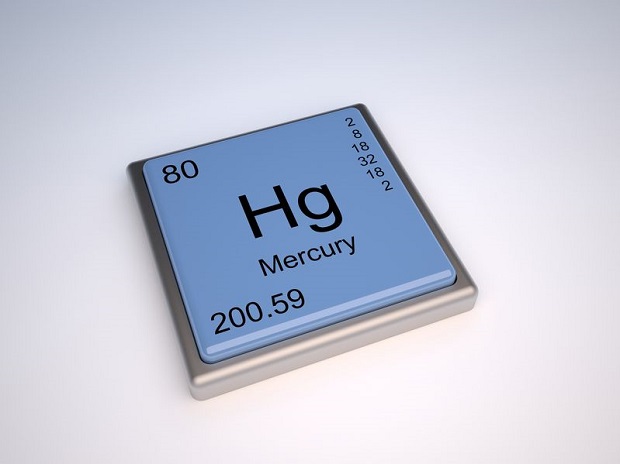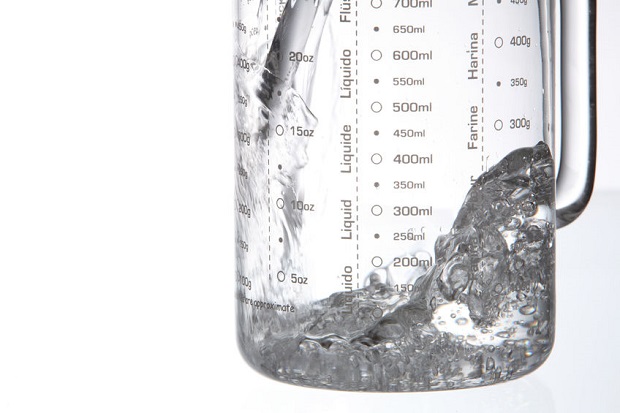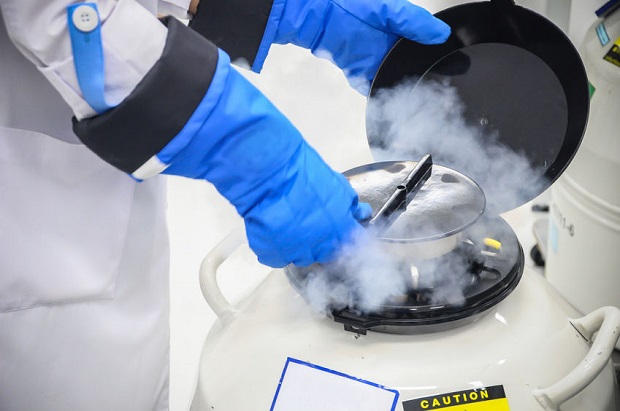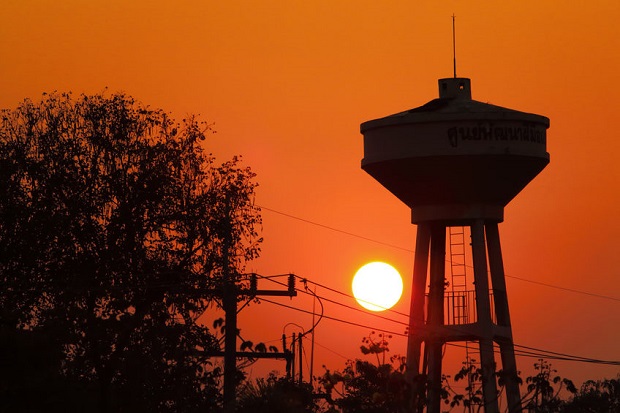
How Does a Water Tower Work? Water towers rely on gravity to deliver water, so the water tower’s height is dictated by how much pressure is needed to deliver its water supply to the residences linked to the water system. Every foot that the water tower is elevated off the ground creates .433 psi (pounds per square inch) of water pressure. An average city water supply runs between 50 and 100 psi. On average, water towers are between 120 and 200 ft. high, depending on the water system’s size and how many residences and businesses are linked to the water system.
Need Dictates the Water Tower Height
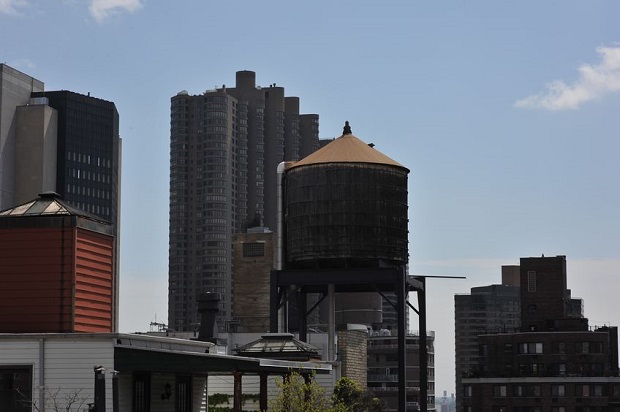
A water tower is built so high off the ground that the water inside does not need the assistance of pumps or other equipment to reach the households and businesses to which it is connected. Water towers are reliant solely upon gravity to distribute the water housed inside them to the water system users to which it is connected. Each foot of height pressurizes every square inch of the water inside the tank. An average city water supply runs between 50 and 100 psi (pounds per square inch). For a water tower to reach each house to which it is assigned, it must first meet pressure requirements. On average, water towers are between 120 and 200 ft. depending on the water system’s size and how many residences and businesses are linked to the water system.
How Does Water Get Into a Water Tower?
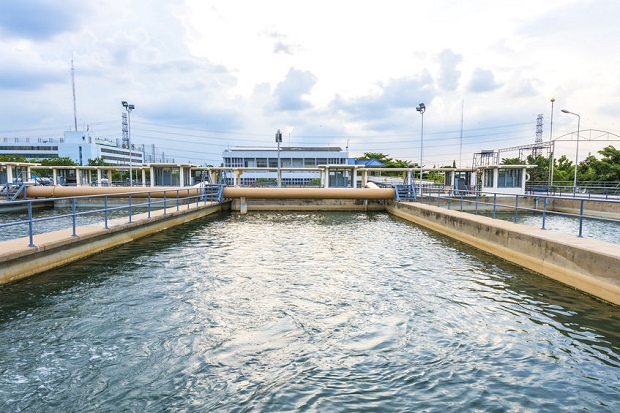
In most cities, the water consumed by residents comes from one of three sources: a well, river, or reservoir. The municipal water treatment plant removes sediment and bacteria through filtration systems, UV light, and chlorine to make drinkable water from these sources. Once the water has run through the water treatment plant, it comes out completely germ-free, clear, and drinkable. This clean water is distributed to the city’s water tower through a high-lift pump, which sends the water to the water system’s primary feeder pipes, to which the water tower is connected.
How Do Water Towers Save Water?
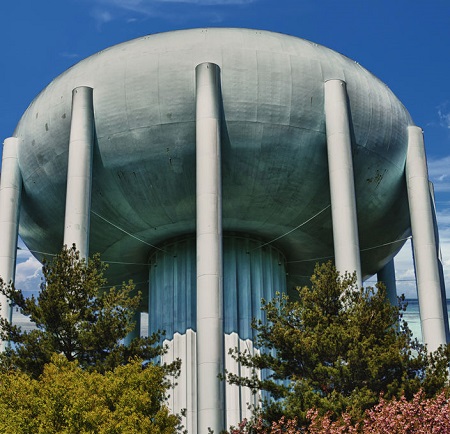
Water towers bring efficiency to a municipality’s water supply as it allows the pump size to be set based on average water demand instead of a peak water demand. This saves a city a lot of water, but it also saves them lots of money. For instance, if peak water demand for one city is 2500 gallons per minute at 8:00 am, then the municipality can rely on the water tower to fulfill the peak demand needs for a couple of hours until things settle down again. At night when water usage falls dramatically, the pump can refill the water tower so it can handle the next day’s peak performance hours, and so on.

